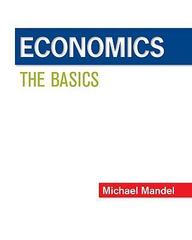Question
1a. Healthcare: Are healthcare providers (doctors, nurses, hospital managers, etc...)likely to have a more elastic supply curve? Or are patients more likely to have a
1a. Healthcare: Are healthcare providers(doctors, nurses, hospital managers, etc...)likely to have a more elastic supply curve? Or are patients more likely to have a relatively elastic demand curve? Explain the reasoning for your answer (connect it to the determinants of elasticity of supply and demand).
1b. Higher Education: Are university faculty & staff likely to have a more elastic supply curve? Or are students more likely to have a relatively elastic demand curve? Explain the reasoning for your answer (connect it to the determinants of elasticity of supply and demand).
Question 2 - Welfare Effects
2a. Given your answer for 1a, who receives more of the surplus benefit from healthcare subsidies? Healthcare consumers or producers?
2b. Given your answer for 1b, who receives more of the surplus benefit from higher education subsidies? Students or faculty/staff?
Question 3 - Prices
3. What effect does the subsidy have on the price paid by those who do not receive the subsidy (non-subsidized medical patients and college students)? In other words, what happens to the overall market price for the subsidized good or service?
Question 4 - Secondary Effects
4a. What effect does the subsidy have on improvements in quality? Is healthcare quality likely to be higher or lower when subsidized? What about higher education? Explain.
4b. What about waste? Is there likely to be more or less resource waste when these services are subsidized? Explain.
Step by Step Solution
There are 3 Steps involved in it
Step: 1

Get Instant Access to Expert-Tailored Solutions
See step-by-step solutions with expert insights and AI powered tools for academic success
Step: 2

Step: 3

Ace Your Homework with AI
Get the answers you need in no time with our AI-driven, step-by-step assistance
Get Started


